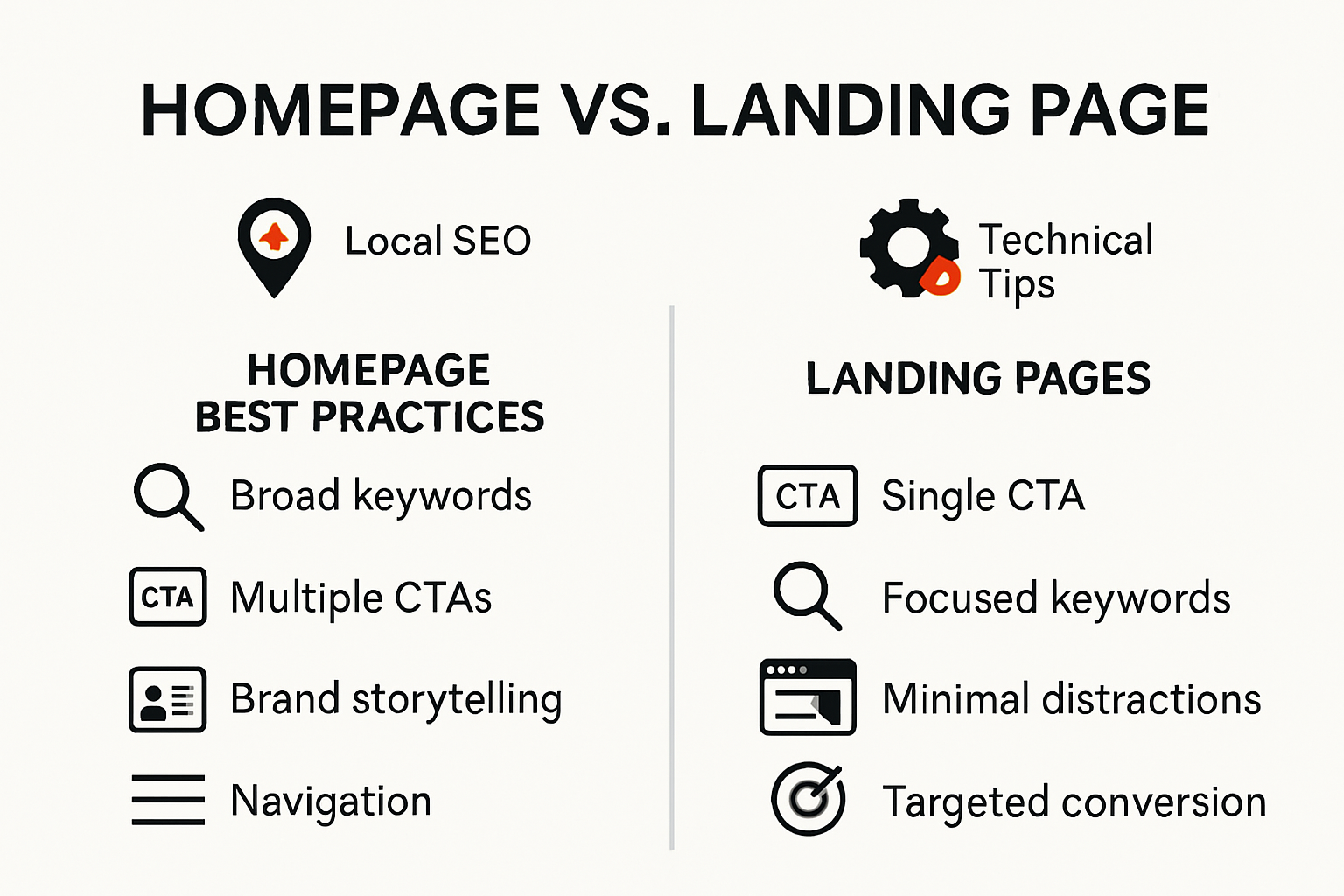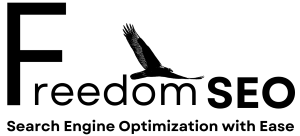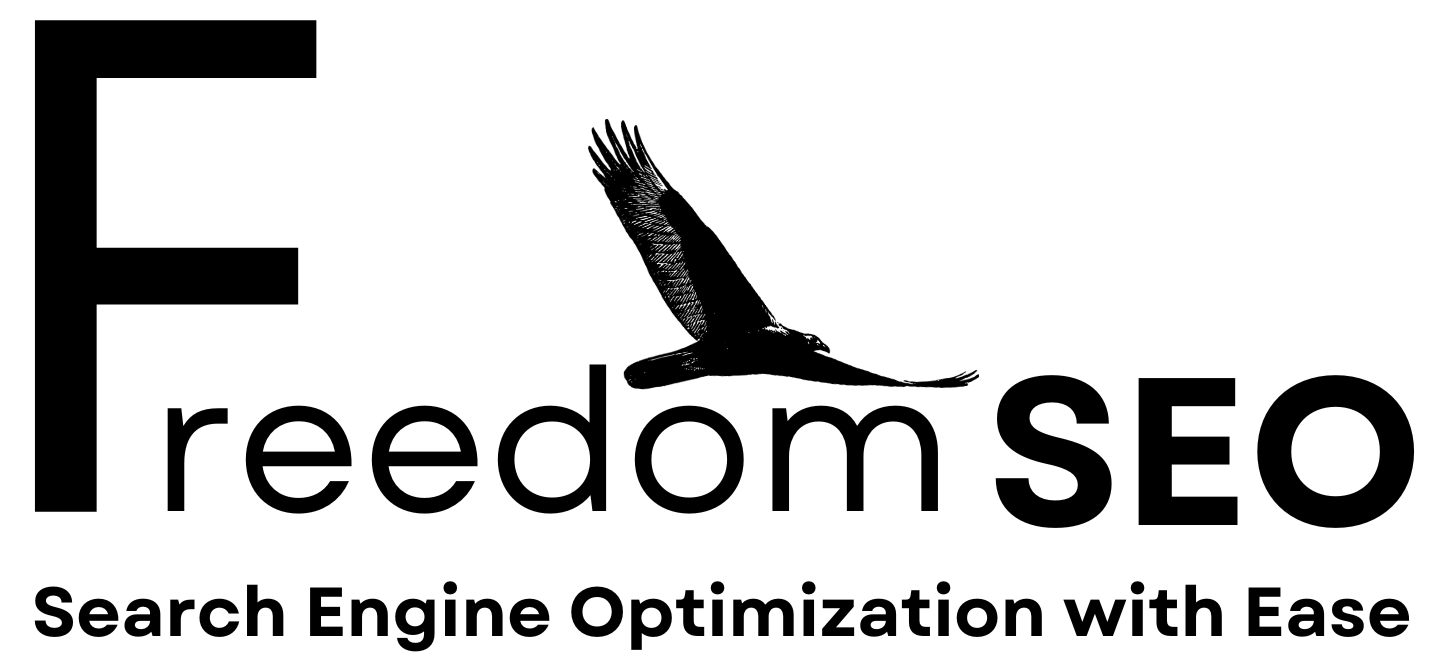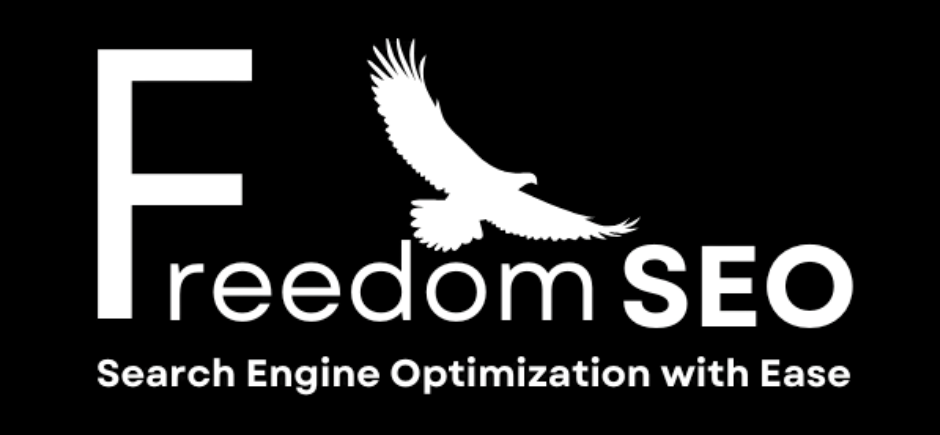Homepage vs Landing Page: SEO Tips for Canadian Businesses

Every Canadian business with a website faces the same puzzle. Should you lead with a homepage or send people straight to a landing page? Most people think these pages are practically twins and use them the same way. But here’s a wild truth. Landing pages can achieve conversion rates up to 160 percent higher than homepages, and that changes everything about how you should approach your online marketing.
Table of Contents
Quick Summary
| Takeaway | Explanation |
|---|---|
| Understand Homepage vs Landing Page Goals | Homepages build brand awareness while landing pages focus on specific conversions. Each serves a distinct purpose in digital marketing. |
| Optimize Content for User Intent | Homepages should target general keywords, while landing pages must address specific search queries to meet user needs effectively. |
| Consider User Journey Stage | Use homepages for initial research visitors and landing pages for those ready to take immediate action toward conversion. |
| Implement Technical SEO Best Practices | Ensure homepages support navigation and authority while landing pages are streamlined for clarity and quick load times. |
| Focus on Local SEO Strategies | Tailor content to local audiences by using region-specific language and highlighting localized offerings to enhance search visibility. |
Homepage vs Landing Page: Key Differences
Understanding the fundamental differences between homepages and landing pages is crucial for Canadian businesses looking to optimize their online marketing strategies. While these digital assets might seem similar at first glance, they serve distinctly different purposes in the digital marketing ecosystem.
Purpose and Audience Targeting
A homepage functions as the central hub of a website, providing a comprehensive overview of a business and its offerings. Learn more about effective digital strategies that can help businesses navigate these digital nuances. According to Zoho’s marketing insights , homepages are designed to cater to a broad audience, offering multiple navigation paths and presenting a holistic view of the brand. They typically include various elements like navigation menus, multiple calls to action, and information about different products or services.
In contrast, landing pages are laser-focused marketing tools with a singular, specific objective. As Act! marketing experts explain, landing pages are meticulously crafted to guide visitors toward one precise conversion goal. Whether it’s capturing email addresses, promoting a specific product, or encouraging event registration, these pages eliminate distractions and streamline the user’s journey.
Design and Conversion Strategy
The structural differences between homepages and landing pages significantly impact their conversion potential. Homepages are inherently more complex, featuring multiple sections, links, and potential user paths. They serve as a digital storefront, welcoming visitors and providing multiple entry points to explore a business’s offerings.
Landing pages, however, adopt a minimalist approach. Unbounce’s conversion research reveals that these pages often eliminate traditional navigation menus, reducing the chances of visitors wandering away from the primary conversion goal. Every element on a landing page is strategically designed to support a single, clear call-to-action, making them powerful tools for targeted marketing campaigns.
For Canadian businesses, recognizing these distinctions is more than an academic exercise. It’s about creating digital experiences that effectively communicate value, capture audience attention, and drive meaningful conversions. While homepages build brand awareness and provide comprehensive information, landing pages transform interested visitors into concrete leads or customers through their focused, action-oriented design.
To help clarify the key differences between homepages and landing pages for Canadian businesses, the following table provides a side-by-side comparison of their purpose, design, and conversion strategy.
| Feature | Homepage | Landing Page |
|---|---|---|
| Purpose | Central hub; comprehensive business overview | Focused on a single conversion goal |
| Audience Targeting | Broad audience; multiple user paths | Specific audience; targeted action |
| Design Complexity | Complex; multiple sections and navigation | Minimalist; eliminates distractions |
| Navigation | Includes menu and links to various sections | Typically no main navigation |
| Conversion Strategy | Multiple calls to action (CTAs) | One clear, specific CTA |
| Best Used For | Building brand awareness and providing info | Capturing leads or driving campaign actions |
| SEO Focus | Broad keywords and domain authority | Specific keywords; precise search intent |
How Each Page Supports Your SEO Goals
Search engine optimization demands strategic approaches for both homepages and landing pages, each playing a unique role in improving online visibility and driving targeted traffic for Canadian businesses. Understanding how these digital assets contribute to SEO goals requires a nuanced approach that goes beyond traditional optimization techniques.
Content Optimization and User Intent
Explore advanced web design strategies that complement your SEO efforts. According to research by Sebastian Schultheiss , the relationship between SEO practices and content quality is complex. Homepages typically support broader SEO goals by providing comprehensive keyword coverage and establishing domain authority. They serve as the primary platform for showcasing a business’s overall relevance to search engines, incorporating multiple key phrases that represent the brand’s full range of services and expertise.
Landing pages, conversely, target more specific SEO objectives. A study by Nim Dvir and Ruti Gafni highlights the critical importance of content concision in driving user engagement. These pages are designed to rank for highly specific search queries, focusing on precise keywords and addressing particular user intents with laser-focused content that matches exact search motivations.
Technical SEO and User Experience
The technical approach to SEO differs significantly between homepages and landing pages. Homepages typically require a more robust architectural approach, supporting multiple navigation paths and providing comprehensive internal linking structures that help search engines understand the entire website’s context. They act as central hubs that distribute page authority across different sections of a website.
Research from content design experts emphasizes that landing pages must be meticulously optimized for user experience and conversion. This means creating pages with clean, simple designs that load quickly, contain minimal distractions, and provide clear calls-to-action. From an SEO perspective, these characteristics translate into lower bounce rates, higher engagement metrics, and improved search engine rankings.
For Canadian businesses, the key is recognizing that homepages and landing pages are not competing elements but complementary tools in a comprehensive SEO strategy. Homepages build overall domain authority and provide broad visibility, while landing pages capture specific market segments and drive targeted conversions. By understanding and leveraging the unique SEO strengths of each page type, businesses can create a more dynamic and effective online presence that meets both search engine algorithms and user expectations.
When to Use a Homepage or Landing Page
Deciding between a homepage and a landing page requires strategic consideration of your marketing objectives, target audience, and specific business goals. For Canadian businesses looking to maximize their online presence, understanding the appropriate context for each digital asset is crucial.
Marketing Campaign Objectives
Homepages are ideal when your primary goal is broad brand awareness and comprehensive information sharing. Explore strategic digital marketing approaches that can enhance your online strategy. According to research from Michigan Technological University , homepages function best when presenting a holistic view of an organization, offering multiple entry points for diverse audience segments. They are perfect for businesses seeking to:
- Establish overall brand credibility
- Provide comprehensive information about multiple products or services
- Support long-term organic search visibility
- Create a central hub for navigation across different website sections
Landing pages, conversely, excel in scenarios demanding focused, immediate action. They are most effective when you have a specific, time-sensitive marketing goal such as promoting a limited-time offer, capturing leads for a particular service, or driving registrations for an upcoming event.
Audience Targeting and Conversion Strategy
The selection between a homepage and landing page depends significantly on your audience’s stage in the buying journey. For prospects in initial research phases, homepages provide the comprehensive context needed to understand your business ecosystem. They allow potential customers to explore various aspects of your offerings, read about your company’s background, and gain a holistic understanding of your brand value.
Landing pages shine when targeting audiences already familiar with your brand or those at a decisive point in their customer journey. These pages are meticulously designed to minimize distractions and guide users toward a single, specific conversion goal. Whether it’s signing up for a newsletter, downloading a resource, or making a purchase, landing pages remove potential friction points that might prevent immediate action.
For Canadian businesses operating in competitive markets, the strategic deployment of homepages and landing pages can significantly impact digital marketing effectiveness. Homepages build long-term brand recognition and support broader SEO strategies, while landing pages drive immediate, measurable conversions for specific campaigns.

Ultimately, the most successful digital marketing approaches integrate both homepage and landing page strategies. By understanding their unique strengths and deploying them strategically, businesses can create a dynamic online presence that captures audience attention, builds brand trust, and drives meaningful conversions across different stages of the customer journey.
Practical Tips for Canadian Businesses
Canadian businesses navigating the complex digital landscape must develop strategic approaches to homepage and landing page optimization that align with local market dynamics and search engine best practices. Optimize your digital strategy for business growth to maximize online performance and visibility.
Keyword and Content Optimization
According to the Business Development Bank of Canada , developing unique and compelling page titles is crucial for improving search engine rankings. For homepages, this means creating titles that comprehensively represent your business while incorporating broad, relevant keywords. Landing pages require a more targeted approach, with hyper-specific keywords that match exact user search intents.
Canadian businesses should focus on creating content that speaks directly to local audiences. This involves:
The following table summarizes practical optimization tips for both homepages and landing pages, making it easy for Canadian businesses to implement effective strategies for each page type.
| Optimization Area | Homepage Best Practice | Landing Page Best Practice |
|---|---|---|
| Keyword Strategy | Use broad, relevant keywords | Focus on hyper-specific, campaign keywords |
| Content Approach | Provide comprehensive information; broad appeal | Speak directly to user intent; concise messaging |
| Navigation | Offer multiple, intuitive navigation paths | Remove main navigation; single user path |
| Calls-to-Action (CTA) | Multiple CTAs to guide users to various sections | One clear and prominent CTA |
| Design Consistency | Reflect complete brand identity | Align visually with campaign; minimize distractions |
| Mobile Responsiveness | Ensure seamless experience on all devices | Prioritize fast loading and mobile usability |
| Local Relevance | Feature Canadian identity and credentials | Highlight local offers and regional terminology |
- Incorporating region-specific language and terminology
- Addressing local market challenges and opportunities
- Using keywords that reflect Canadian spelling and search patterns
- Highlighting local credentials and geographical relevance

Technical Design and User Experience
Open Text BC’s research emphasizes the critical importance of design consistency across digital platforms. For Canadian businesses, this means maintaining uniform visual elements that reflect brand identity while ensuring optimal user experience. Homepages should provide comprehensive navigation, while landing pages must minimize distractions and focus on a single conversion goal.
Technical considerations for Canadian businesses include:
- Ensuring mobile responsiveness for diverse device usage
- Implementing fast loading times across different Canadian internet infrastructures
- Creating clear, concise calls-to-action that resonate with local audiences
- Developing schema markup that helps search engines understand your content
Local SEO and Future-Proofing Strategies
The Ontario government’s digital guidance highlights the evolving nature of search engine optimization. Canadian businesses must adopt a forward-thinking approach that goes beyond traditional SEO tactics. This means creating content that not only ranks well but provides genuine value to local users.
Successful implementation requires a holistic strategy that:
- Balances homepage breadth with landing page specificity
- Continuously adapts to changing search engine algorithms
- Prioritizes user experience and local relevance
- Integrates content across multiple digital platforms
For Canadian businesses, the key lies in understanding that homepages and landing pages are not competing elements but complementary tools in a comprehensive digital marketing strategy. By carefully crafting each page type to serve its unique purpose, businesses can create a robust online presence that attracts, engages, and converts local audiences effectively.
Frequently Asked Questions
What is the main difference between a homepage and a landing page?
A homepage serves as the central hub of a website, providing an overview of a business and its offerings, while a landing page is specifically designed for focused marketing efforts, aimed at achieving a single conversion goal.
When should I use a landing page instead of a homepage?
You should use a landing page when you have a specific, time-sensitive marketing goal, such as capturing leads for a specific product or promoting a limited-time offer, while homepages are best for building brand awareness and providing comprehensive information.
How do content optimization strategies differ for homepages and landing pages?
Homepages typically target broad keywords to cover a range of services, while landing pages focus on specific keywords related to a particular campaign or user intent to drive higher conversion rates.
Why is technical SEO important for both homepages and landing pages?
Technical SEO ensures that both types of pages are optimized for user experience and search engine visibility. Homepages generally need strong internal linking and navigation, while landing pages should have a fast load time and a streamlined design to reduce distractions and improve conversion rates.
Ready to Turn Website Visitors Into Local Customers?
Struggling to convert website traffic into real business, even after optimizing your homepage or landing page? Many Canadian businesses face this challenge. You learned that targeted landing pages can drive up to 160 percent higher conversions compared to generic homepages. The truth is, choosing the right digital strategy can directly impact your ranking and your bottom line. If your website lacks a clear conversion path or your message feels too broad, you could be missing out on eager local customers searching for your services right now. Our team understands the importance of focused, locally optimized landing pages, just like discussed in the article.

Let us help you rise to the top of Google with professional website and landing page builds tailored for Canadian businesses. Stop losing leads to your competitors. Visit Freedom SEO to get started today, maximize your local visibility, and see faster results. Your next customer is just a click away.
Recommended
-
[
Location Pages for SEO: Proven Tips for Canadian Businesses 2025
]( https://freedomseo.ca/location-pages-for-seo-proven-tips-for-canadian-businesses-2025 )
-
[
Landing Page Optimization Tips for Canadian Businesses 2025
]( https://freedomseo.ca/landing-page-optimization-tips-for-canadian-businesses-2025 )
-
[
Service Page SEO Tips for Canadian Business Owners 2025
]( https://freedomseo.ca/service-page-seo-tips-for-canadian-business-owners-2025 )
-
[
Top SEO Ranking Factors for Canadian Businesses in 2025
-
Optimisation landing pages 2025 : guide pour maximiser vos conversions

















